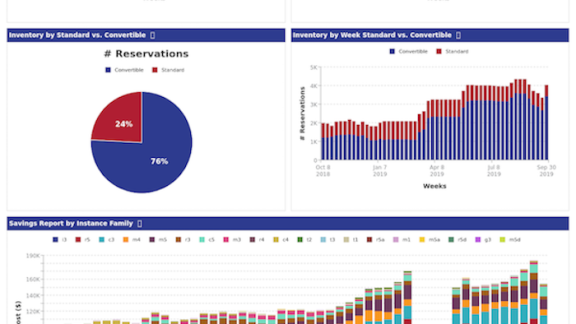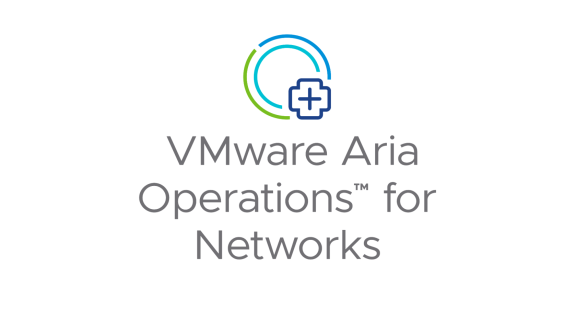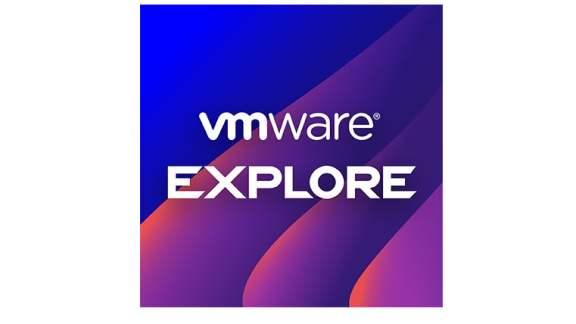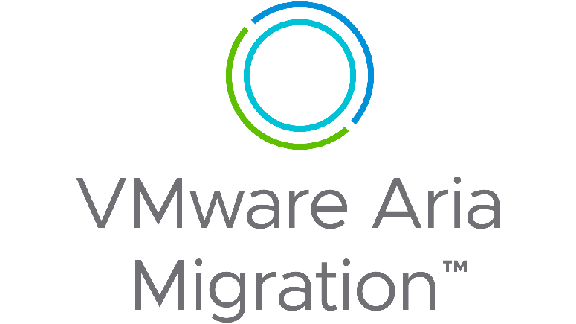Additional Authors: Andrew Rice, Sales Engineer
Reserved Instances (RIs) provide customers with two key benefits: 1) up to 75% reduction in costs compared to On-Demand pricing and 2) the ability to plan ahead for capacity requirements for mission critical scenarios like disaster recovery. They also afford AWS the ability to plan resources better for the future. Everybody wins, right? Well…not exactly. While customers enjoy the significant savings and capacity planning advantages that the RI model provides, the idea of “locking in” to a particular instance type, family, and pre-set price is counterintuitive to the agility and flexibility benefits that initially attract customers to the public cloud. The speed at which the cloud landscape changes, combined with the dynamic needs of individual companies looking to innovate and compete using the latest technology, underscored the need for AWS to accommodate customer demand for both lower costs combined with superior flexibility.
Enter: Convertible Reserved Instances.
What are Convertible Reserved Instances?
With Convertible Reserved Instances, customers are afforded the best of both worlds: the benefit of reduced costs (with a 3 year term yielding up to 45% savings), and the flexibility to change instance types and instance families. Convertible RIs can be exchanged for RIs of equal or greater value by paying a true-up cost.
This means the savings already gained with a one year Standard RI could be increased by 36% by shifting the very same usage to a three year Convertible RI.
The upshot of this flexibility is a reduced savings rate for the same term. By agreeing to a three-year Convertible RI, savings rates can actually exceed the savings garnered from a one year Standard RI. The three year term for Standard RIs became scary to AWS users because of the “lock in” to an instance type or family mentioned above. Since Convertibles lock a user into nothing other than the region, the questions become way simpler:
“Will we be using the same quantity of AWS compute services in this region in three years?” The answer is almost invariably “yes” to this question, which makes a three year term far more palatable, given the flexibility of the Convertible RI. Pair that with a superior savings rate over the one-year standard, and a very effective strategy begins to take shape.
The challenge with Convertibles RIs
When planning an RI purchase, there are a multitude of variables to consider before making an informed, optimized purchase. Everything from workload specs, capacity planning, business seasonality, migration strategies, and more, should be factored into the analysis to ensure that your business is capturing as much benefit as possible, while minimizing waste. Even the savviest of DevOps teams could find themselves buried in spreadsheets, custom scripting tools, and hours of data validation before feeling confident when approaching their executive team with a formal proposal. While the flexibility of Convertible RIs can help alleviate some of this burden, the imperative remains to continuously analyze utilization to ensure that the business is capitalizing on the Convertible RI investment.
Having been through lengthy and oftentimes painful RI purchasing initiatives in the past, many AWS customers may balk at the idea of adding additional layers of complexity, at even more regular intervals. At the end of the day, some AWS customers may decide that the reduced savings rate compared to Standard RIs and increased management overhead outweighs the Convertible RI benefits.
To combat this challenge, CloudHealth by VMware has developed sophisticated RI recommendation tools that automate the burdensome data collection and analysis process and empower our customers to make Convertible RI reservations and exchanges with the utmost confidence. These tools are complemented by CloudHealth’s interactive reporting, which empowers users to quickly analyze RI savings and identify existing underutilized RIs as well as new RI opportunities. We combine this with CloudHealth policies and automation that proactively notifies users as soon as exchange opportunities present themselves. Altogether this forms a powerful solution that orchestrates the full lifecycle of Convertible RI management, with minimal time invested, and has driven exciting results for many of our customers.
Below we will walk through a use case and highlight best practices for managing your Convertible RI strategy. We’ll cover how to leverage the proper automated reports and dashboards, optimize your Convertible RI purchase, monitor exchange opportunities, and ensure that your environment remains in a fully RI-optimized state, with minimal human intervention required.
Gaining visibility
The first (and ongoing) step to moving toward an effective 3-year Convertible RI strategy is gaining insight into your current reservations and investigating the benefits you can expect moving forward with Convertible RIs as opposed to Standard RIs. This is done very simply with the CloudHealth RI Optimizer. Run a default (one year standard) quote for your On-Demand usage, then run a similar quote, but select the three year Convertible option. This will tell you exactly how much you can expect to save, and since quotes can be saved and reviewed later, the delta can be reviewed by whoever needs to see the numbers. CloudHealth allows for this visibility to be constantly accessible to whoever is overseeing this project. A report showing On-Demand vs. Reserved (cost and/or usage) can give you a quick update on how reserved an implementation is initially. Grabbing some stable usage that is currently running On-Demand can be a simple first step in getting the ball rolling on a 3-year Convertible RI strategy.
Once a sufficient ratio of usage is covered, the next step from a reporting standpoint is to track the effective savings as you move from Standard RIs to Convertible RIs. CloudHealth Perspectives (custom business groupings) can be used to group all RIs by class (Standard or Convertible), which then allows for analysis throughout the platform. For instance, an RI Inventory broken out by Standard vs. Convertible, and a Savings Report showing the benefit of your Standard vs Convertible RIs would allow constant checkpoints to validate the efficacy of the strategy. Pairing this with CloudHealth’s EC2 RI Utilization Pulse Report can be a powerful way to keep track of coverage and savings rates as your inventory starts to shift to more flexible Convertible RIs. Not only can users drill into that data as necessary, but they can also create a custom dashboard to act as a status report for their RI strategy.

Ongoing management
All the visibility in the world is great, however, having a human constantly checking a pie chart is not ideal. Eventually, you’ll want to manage by exception, rather than provide proactive oversight of your inventory everyday.
The CloudHealth Convertible RI Exchanger analyzes your existing inventory and makes recommendations for the best exchanges to make in AWS (it’s so great that we wrote a blog about how it works). That means that you don’t need someone to run it every day, every hour, or at any regular cadence. Instead, get an alert when it’s time to run the Convertible RI Exchanger. This brings us to the CloudHealth Policy Engine.
By running a couple of very simple policies, a user can be alerted when it’s time to run a quick check of the Exchanger. For instance, if a percentage of instances are running On-Demand (buy new convertibles) or any Convertible RI drops below a certain usage percentage for the month (run the Exchanger), or something as simple as triggering an alert for an upcoming expiration date. The RI Optimizer can then be run on just RIs expiring by or on a certain date. For example, a user(s) may want to be alerted two weeks before any RI expires so that they can replace it with a three year Convertible RI. This allows for a very smooth transition into three year Convertibles from your Standards, with an increase in savings.

The numbers
In support of this strategy, CloudHealth by VMware benchmarked some numbers, and found in a limited sample that the savings delta between one year Standards and three year Convertibles was around 36.5%. This means the savings already gained with a one year Standard RI could be increased by 36% by shifting the very same usage to a three year Convertible RI. Even when filtered down to “No Upfront” only as the offering, the savings were still just shy of 25% better than a one year Standard (with a mix of All, Partial, and No Upfronts). We could go on with this analysis, but the numbers speak for themselves, as numbers often do.
The excitement and response we’ve seen to this strategy has been remarkable. We understand the amount of analysis required to effectively manage Convertibles can be daunting. Mining that data to ensure that the strategy is working is essential. With the combination of tools and expertise included in the CloudHealth platform, the three year Convertible RI offering from AWS can be leveraged into an extremely powerful and flexible savings tool that a user no longer has to worry about.\
Flexibility and savings were always the point. This is how to get back there.









